Ice Loss and Ski Touring
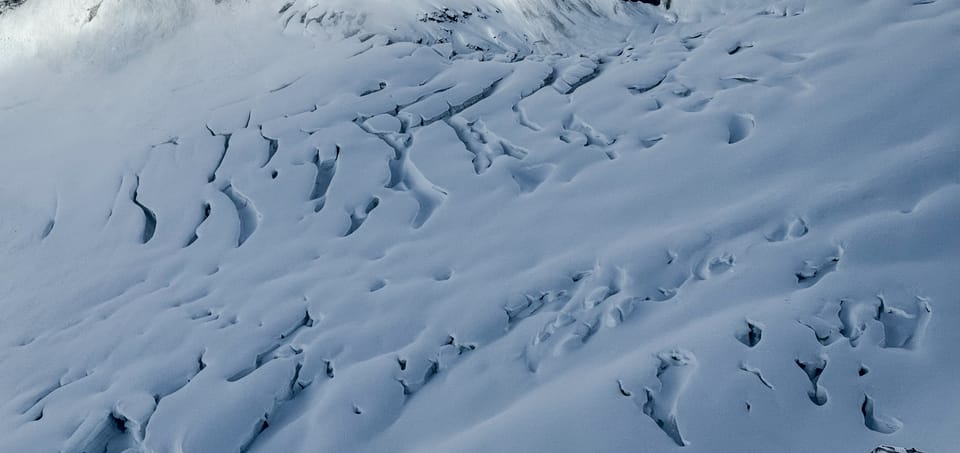
Temperatures are dropping and the frothing continues! We’re not quite ready to start our regular format newsletters but we’ve got a few more interesting articles for you! There’s also still time to sign up for our early season Avalanche Tune-up clinics as well as our mid-season ski mountaineering - grab a spot asap!
Current Forecast:
After last weekend’s drenching, we’ve had a few days of unsettled but generally quite nice weather! Temperatures have been just above freezing at sea level and definitely dropping below freezing in the alpine. Clouds generally have given way to some clearing most days and this has kept the various dustings of snow from sticking around however expect some accumulation on the higher north facing terrain!
Looking forward, we’re in for another soaker of a weekend. Depending on the model, we’ve got 40-80mm of precip expected on Sat/Sun. These will likely be fairly warm still with FLs getting close to 2000m, however, we’ll see wet snow falling on the tail end for sure and there’s not much clearing in sight after the weekend. Precip rates taper off but the tap is still cracked and temps drop significantly. By the end of the week, we could be seeing some accumulation! The cold shift looks to hopefully start to settle in.
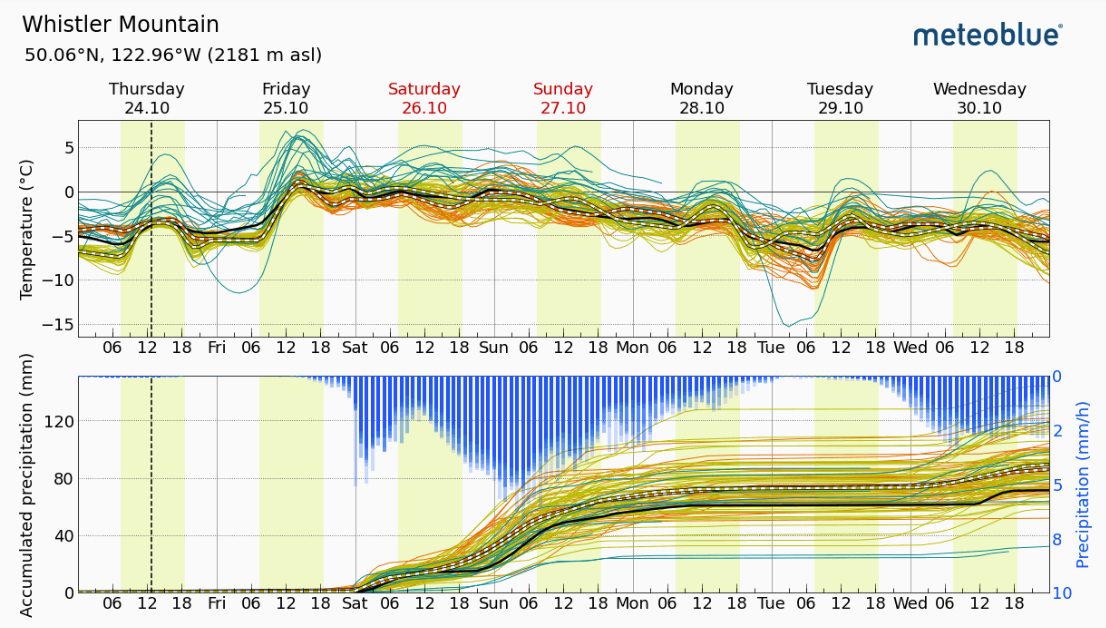
Ice Loss and Ski Mountaineering:
If you’ve been in the mountains in summer or winter in the past couple of years you’ve seen how dramatically our glaciers have been shrinking. If you’ve been skiing in the Blackcomb backcountry over the past 5 years, you’ve seen the Decker Glacier form an ice cliff into Circle Lake, then recede and the ice cliff disappears while rock cliffs are emerging. This ice loss has wide-ranging environmental impacts but it also impacts us as skiers on a terrain level. In this article, we’ll talk about how ice loss affects backcountry skiers.
Firn Snow Loss:
Year-round snow patches were common 10 years ago. These snow patches are much less common. On glaciers, this means they burn down to bare ice more frequently, accelerating ice loss. This also means we just need more time at the beginning of the season to fill in with snow! In glaciology terms, the glaciers are thought of in two parts over the year - the accumulation zone where deep winter snows often piled up toward their higher elevation reaches, and the ablation zone where lower down the glaciers always melted out. Recession is defined as when snow is accumulating, sticking around and feeding the glacier fast enough to refill the melting ablation zones down low. Basically, hot summer weather, earlier springs, later falls have all added up to starving and emaciated glaciers that are showing their weaknesses now more than ever and are harder to fill back in every year.
Surface Roughness:
When glaciers burn down to bare ice, they lose some of their stickiness for new snow. For example the NW Face of Matier melts off to bare slick ice each summer. When snow falls, it doesn’t stick well and when it does, it forms a weak layer. The NW Face has had numerous mid-winter climax avalanches down to the ice.
New Cliffs Exposed:
As the glacier on the North Face of Fitzsimmons recedes, it’s opening up new cliffs where the ski line would be. Where it was once a planar slope that you could ski all across, it now requires some meandering to find the best line and is no longer one you’d open it up on quite as much! Another classic example of this is the Spearman glacier which we all travel on so much. A huge collapse/bare ice hole opened up a year and a half ago and it never filled in again last winter.
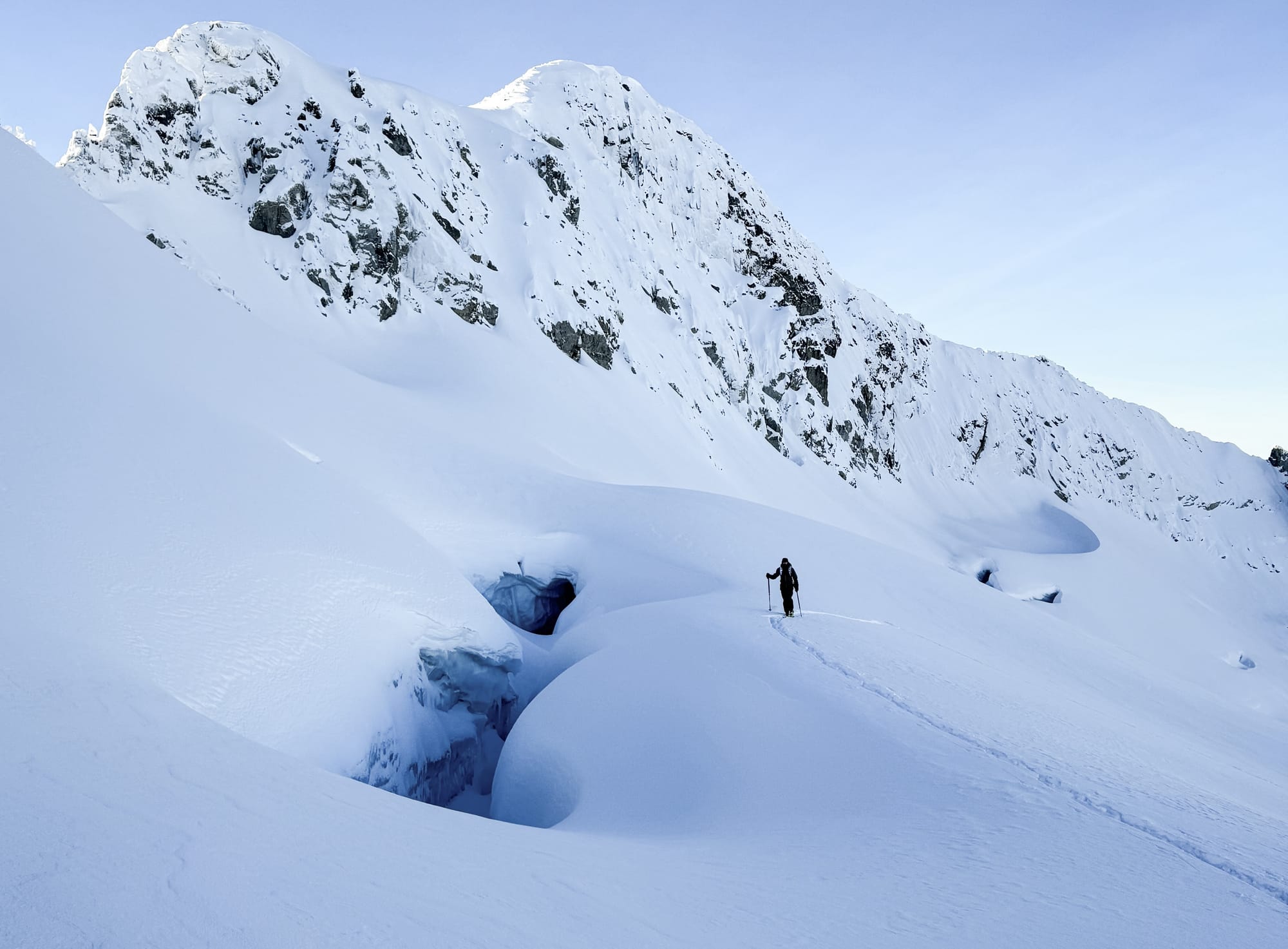
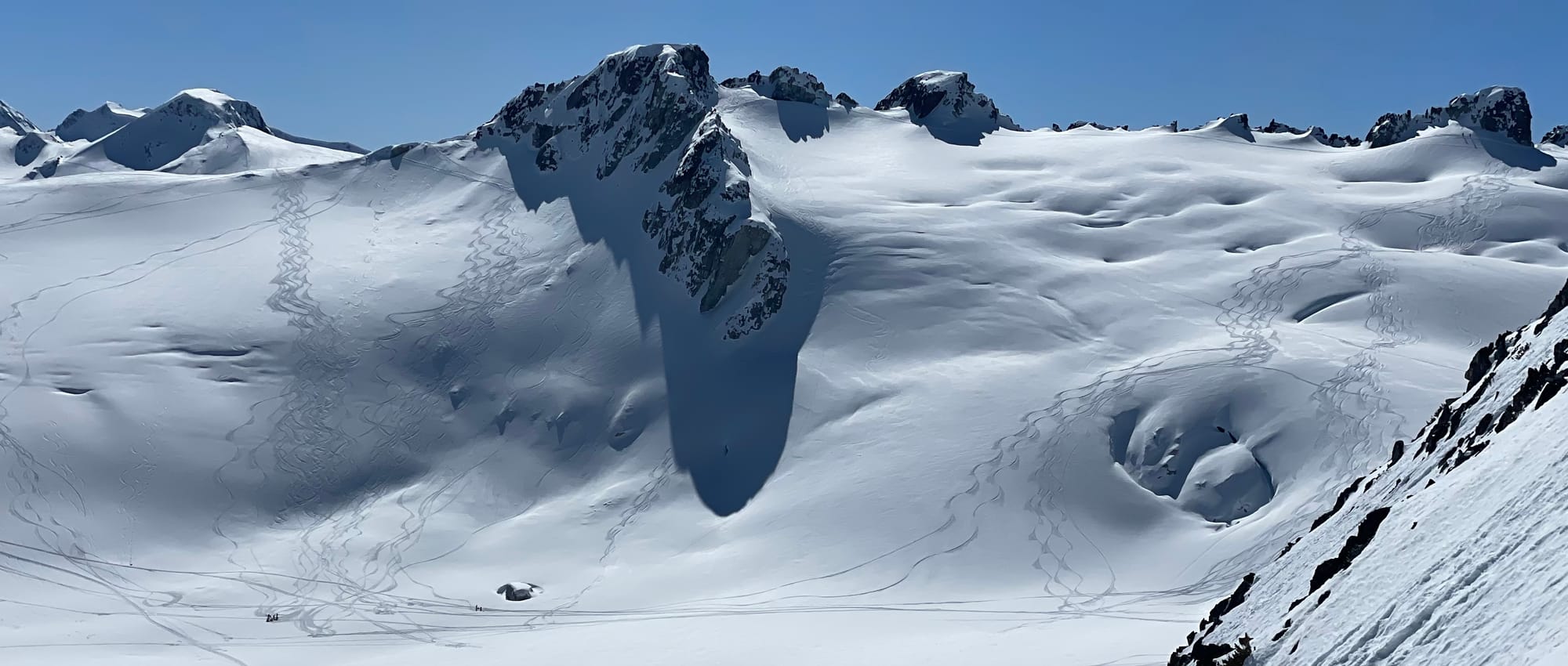
Spearman Glacier: Big crevasses open near the top (L). Right photo shows both the new crevasse field at the left of the image and the ice cliff/hole on the right of the image with tracks swerving on either side of it. Would you feel confident avoiding it in a whiteout?
Fewer Seracs:
Eric visited Aoraki (Mt. Cook) in NZ in 2019 and found the imposing East Face to be in excellent conditions. A big part of the difficulty of the face was avoiding the serac hazard but we found very few threatening seracs. Speaking with locals, anecdotally the recession of the glacier meant the seracs shrunk back and no longer calved off as much in that zone. This is due to volume loss and toes receding further uphill. On the flip-side, new lines may open up with the reduction of seracs. As ice is lost in the Mont Blanc Massif, new lines become possible where there previously were ice cliffs.
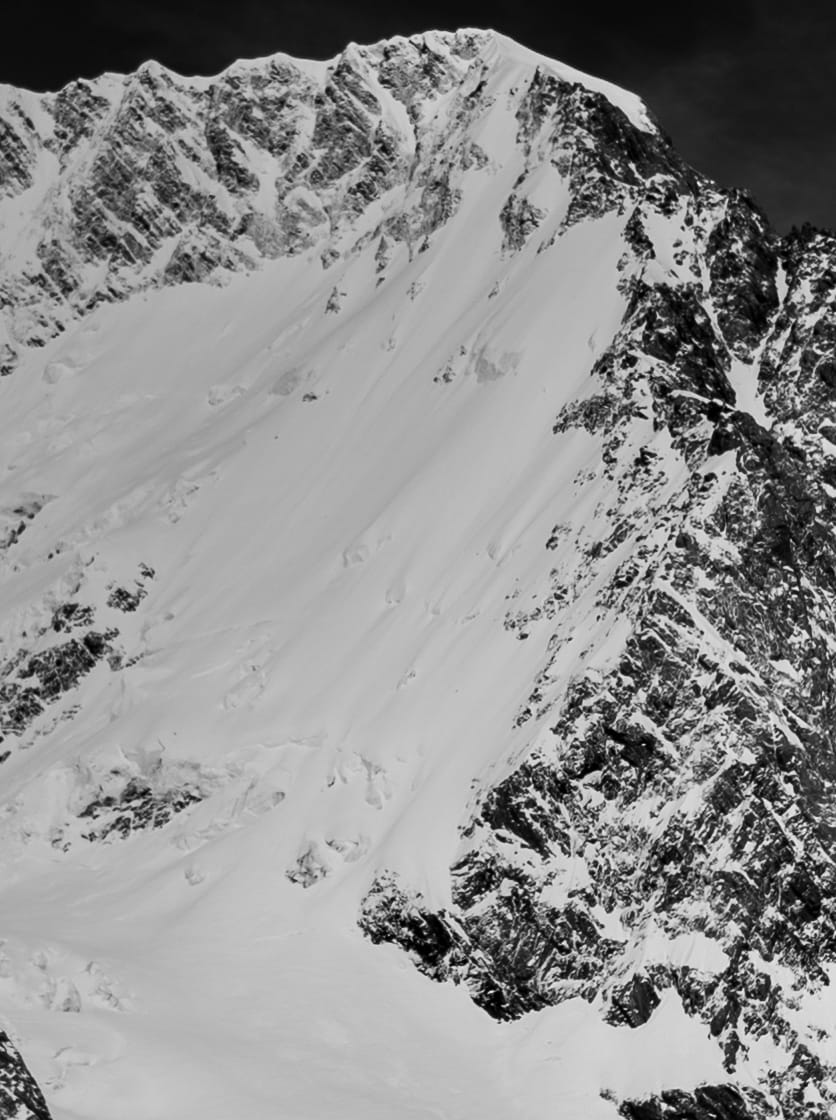
Steeper Transitions:
We’ve all been at the top of a face or couloir and realized that final pitch to ridgecrest is the steepest. As ice pulls back, these transition areas get steeper. The West Col on Sky Pilot is a good example. In the winter, it’s filled in with snow and super chill. But now in the summer, the old ice has melted back from the saddle and it’s just a steep rock wall! Another good example is the Overlord Notch on the Spearhead Traverse. In 2014, we skied through the notch onto the Overlord Glacier without a second thought. Now that’s unimaginable and the notch requires nearly a 30m rappel!

Volume Loss:
On the topic of the Spearhead Traverse, it’s actually getting longer each season! As the glaciers receded, the loss of ice mass means the low points on the glacier are lower. You have to ski further down for your transitions as the glaciers melt. The ridges are unchanged so each year the traverse gains a few meters of mandatory elevation gain!
Changing crevasse patterns:
The Spearman Glacier is an example of how quickly crevasse patterns change. Traditionally the east half of the glacier was a mellower, non-technical pitch. In 2023, a huge crevasse field opened here and it became a much more complicated area. This is hard to see from above, especially in whiteout conditions! We become accustomed to crevasse patterns on glaciers we know but now we need to get used to expecting the unexpected!
Similarly, the actual boundaries of the glacier changes dramatically year to year. In the past 15 years, the Wedge glacier has receded from calving into Wedgemount Lake, moving several hundred meters uphill to form a new lake, then pulling up beyond that! The Rumbling Glacier in the Tantalus shows more and more rock slab below it every season. Knowing when you’re skiing on rock and when you’re skiing on ice is certainly important!
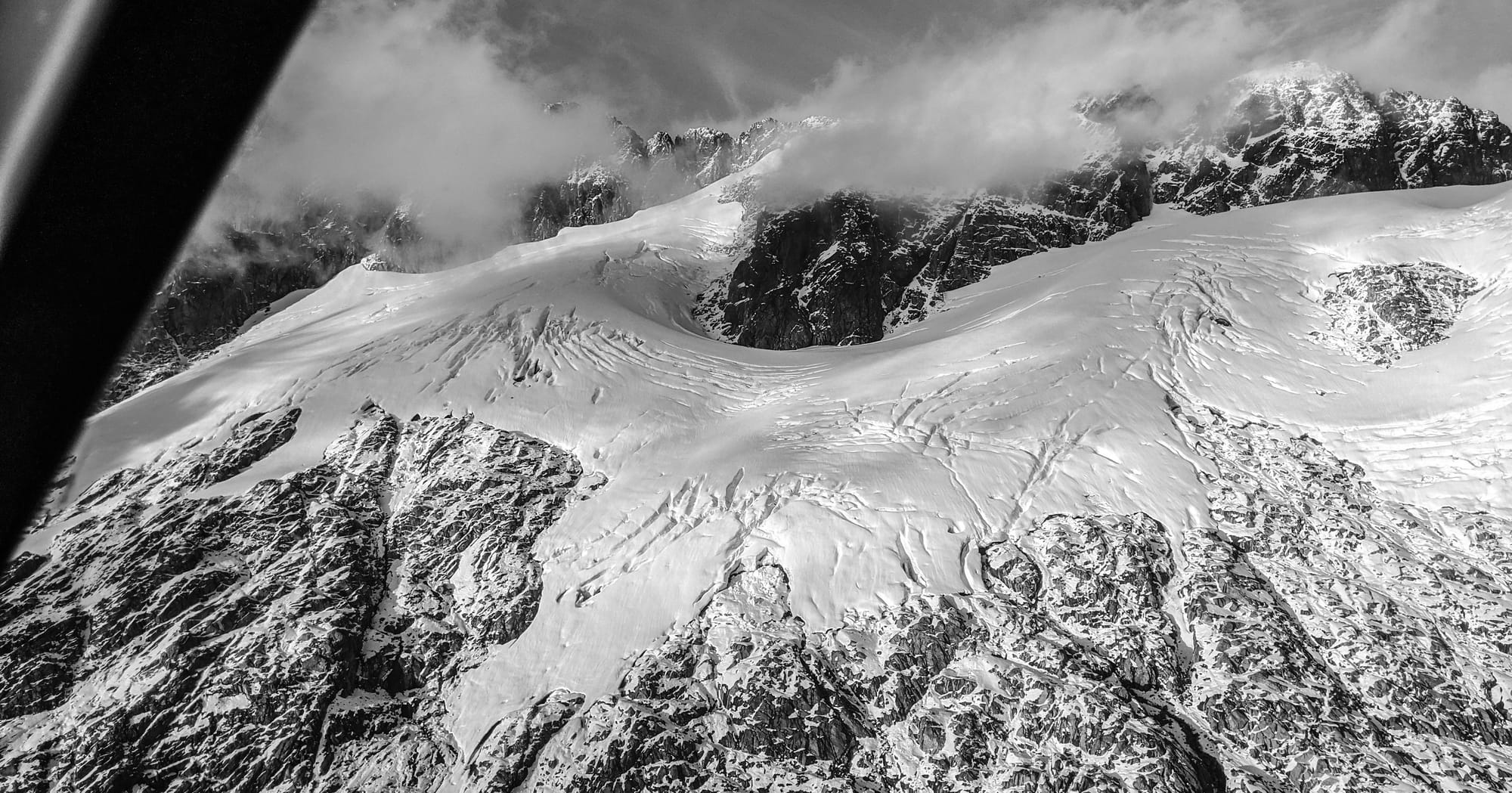
Extinction of summer ice routes:
Not skiing, but related. Not long ago, some of our bigger North faces and couloirs provided good summer alpine climbing. Birkenstock couloir is an example of a route that was first climbed in summer in ice! Now a bunch of the route is just rubble. Same goes for some of the Rockies classics like A-strain and Shooting Gallery. As mentioned above, summer ice loss in couloirs like Birkenstock and Joffre Couloir means it takes longer to fill in for skiing in winter and some seasons don't fill in at all!
Summary:
- Things are changing: steeper and more technical.
- Don’t expect familiarity to help you.
- Consider changes when making avalanche assessments. Avalanches + crevasses = really bad news!
- Look at things in summer! Explore fall sentinel weekly imagery or fall aerial photos.
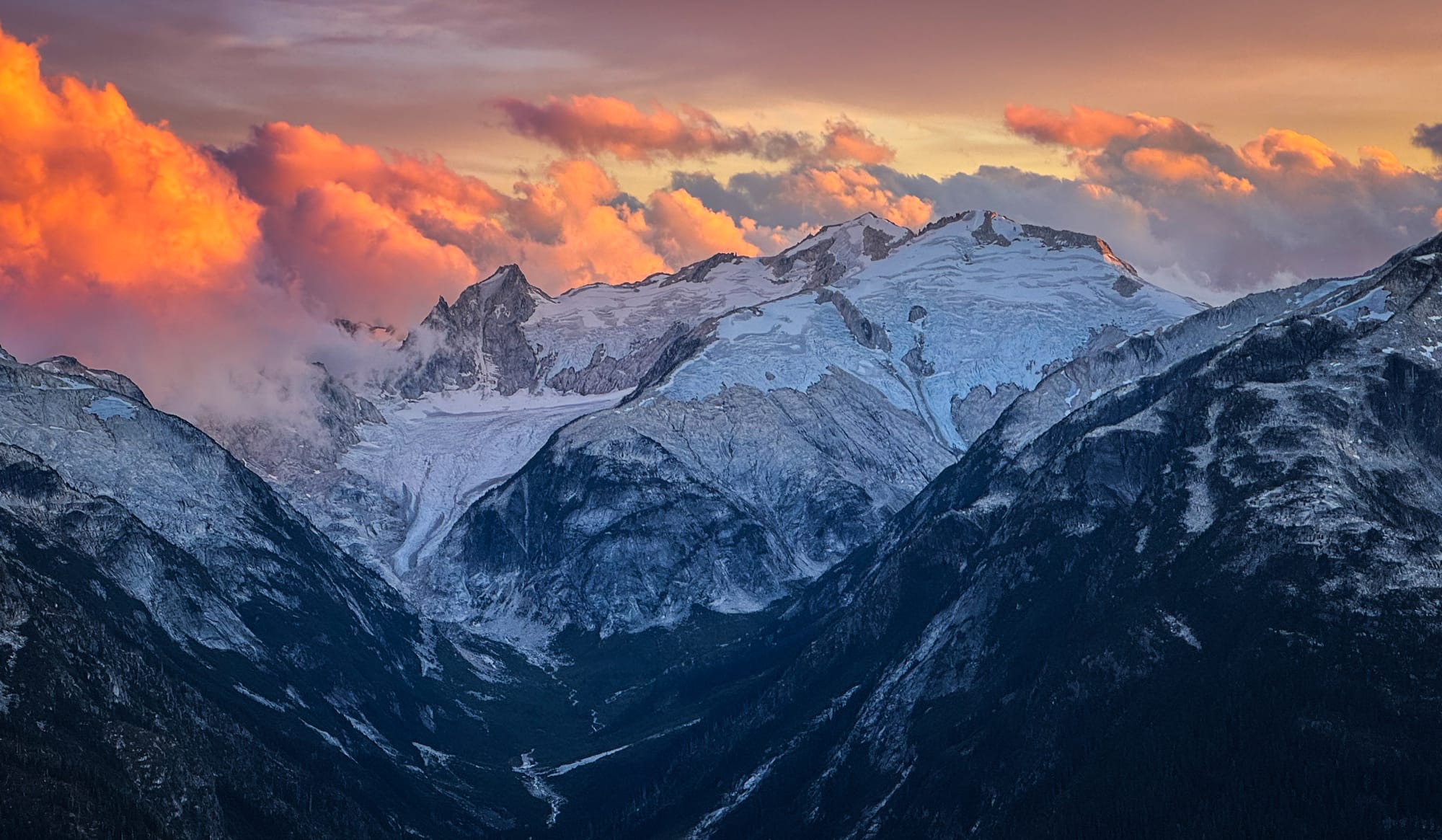
For more information, check out Zenith Mountain Guides and our local avalanche forecast. These updates are supported by SkiUphill Squamish - the best stop for ski touring equipment in the Coast Mountains and made possible by the Sea to Sky Gondola! Use this information at your own risk. Conditions change rapidly from when this report was written!
Member discussion